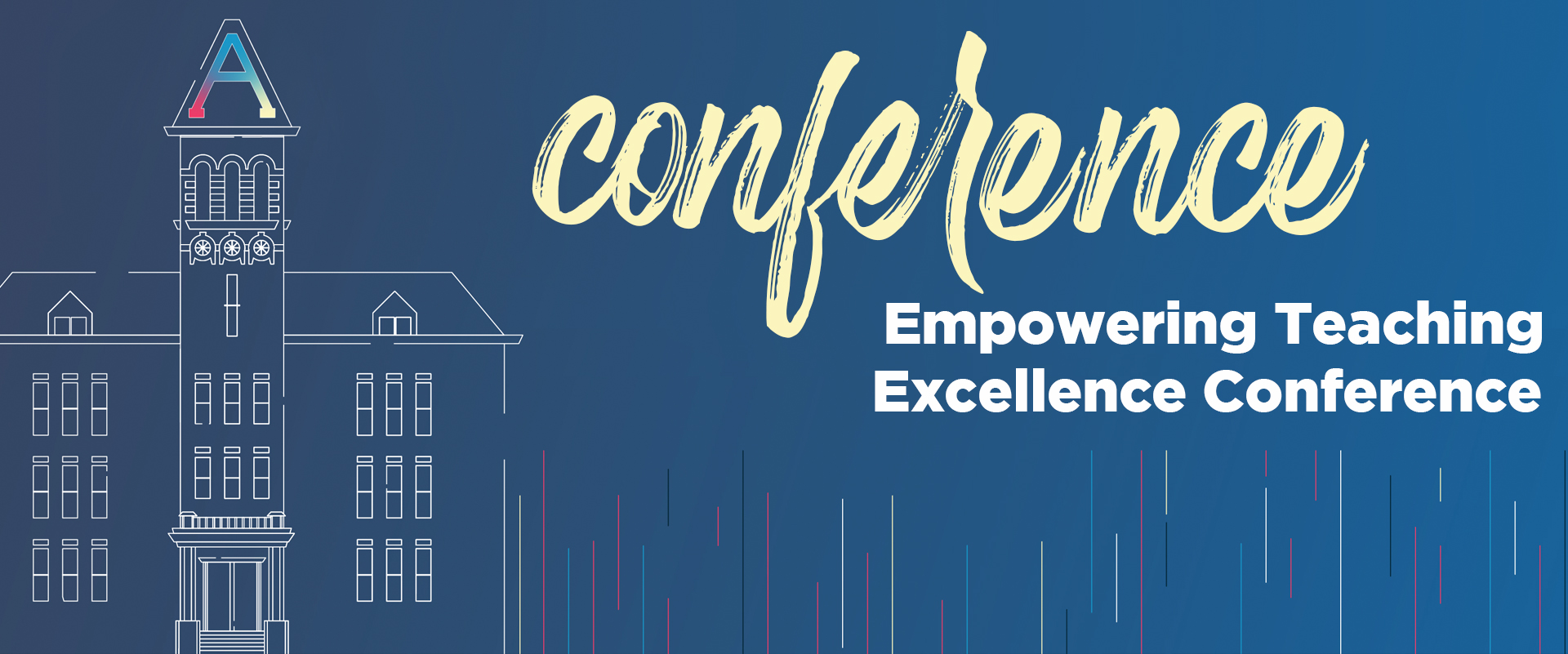"I Am Capable": The Intersection of Intellectual Disability and Higher Education
Start Date
8-18-2021 12:00 AM
Description
Historically, institutions of higher education have screened for high academic achievement, and screened out those who have significant barriers to learning. The question has been, "Why would these students want to go to college?" The answer is, "Because they are capable, with support." University-based programs for students with intellectual disabilities (ID) began appearing after the passage of the 2008 Higher Education Opportunity Act. Program goals were to increase employment rate (just 18% for adults with ID) and independence. Aggies Elevated at USU currently serves 14 students with ID, has an 86% post-graduation employment rate (29 graduates), and has seen 34% of graduates continue with associate's and bachelor's degrees, unsupported. Approximately 20% of the world's population has a disability. If there are 10,000 students on the Logan campus, 2,000 of them probably have a disability. We have 14 Aggies Elevated students. Are the other 1,986 students in one of your classes? This presentation will discuss "the dignity of risk," a brief review of the purpose and benefits of campus-based programs for students with ID (and for the campus community), the benefits of accommodations and assistive technology, and strategies for working with and supporting all students with disabilities.
Creative Commons License

This work is licensed under a Creative Commons Attribution 4.0 License.
"I Am Capable": The Intersection of Intellectual Disability and Higher Education
Historically, institutions of higher education have screened for high academic achievement, and screened out those who have significant barriers to learning. The question has been, "Why would these students want to go to college?" The answer is, "Because they are capable, with support." University-based programs for students with intellectual disabilities (ID) began appearing after the passage of the 2008 Higher Education Opportunity Act. Program goals were to increase employment rate (just 18% for adults with ID) and independence. Aggies Elevated at USU currently serves 14 students with ID, has an 86% post-graduation employment rate (29 graduates), and has seen 34% of graduates continue with associate's and bachelor's degrees, unsupported. Approximately 20% of the world's population has a disability. If there are 10,000 students on the Logan campus, 2,000 of them probably have a disability. We have 14 Aggies Elevated students. Are the other 1,986 students in one of your classes? This presentation will discuss "the dignity of risk," a brief review of the purpose and benefits of campus-based programs for students with ID (and for the campus community), the benefits of accommodations and assistive technology, and strategies for working with and supporting all students with disabilities.


